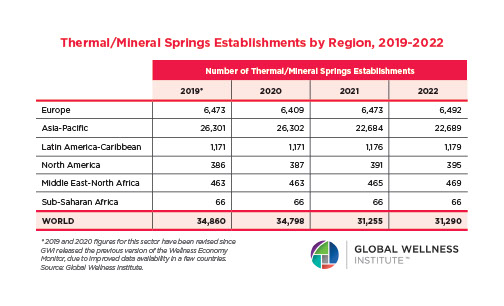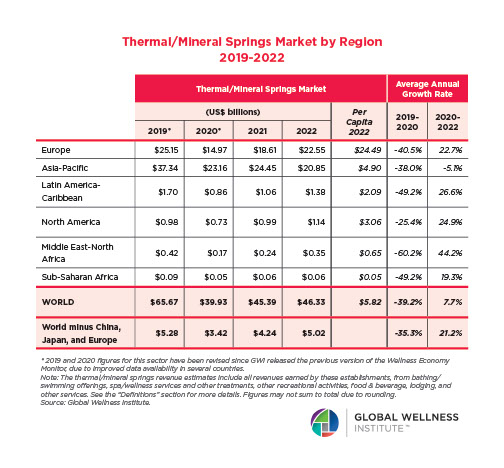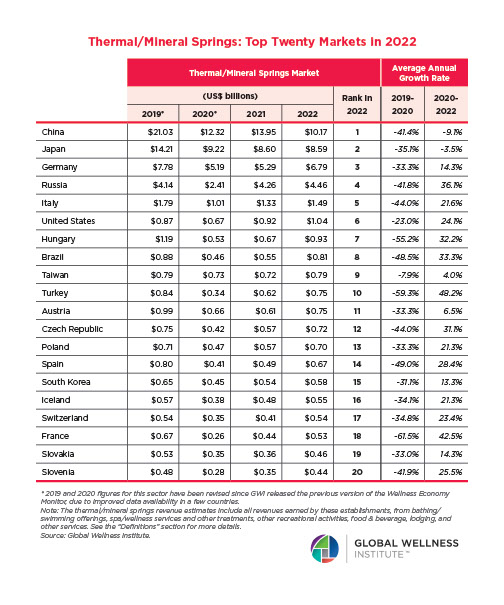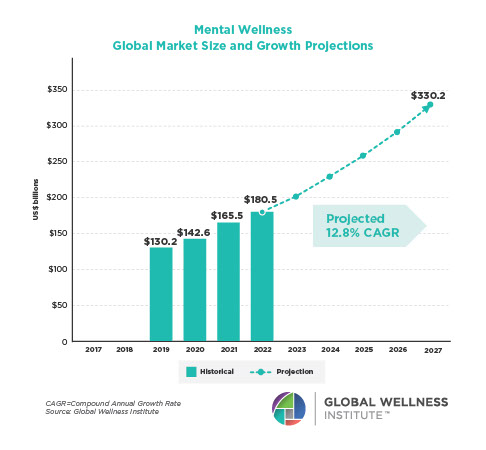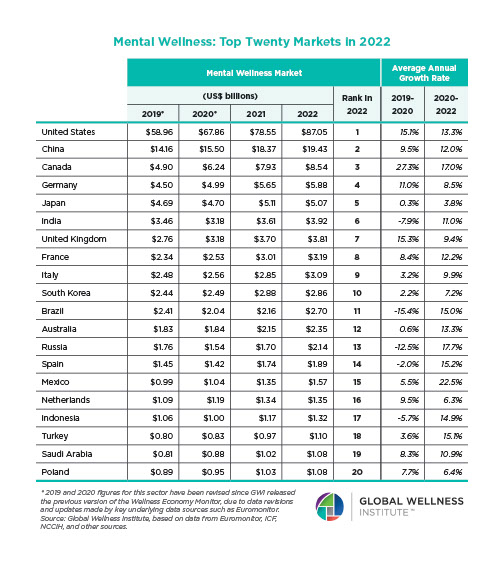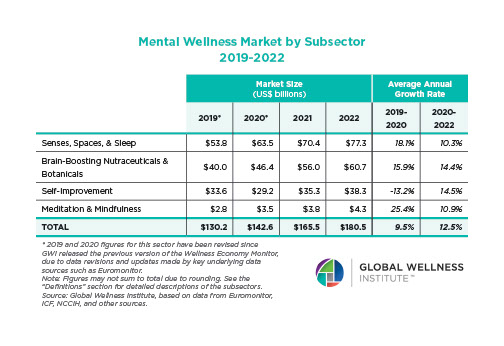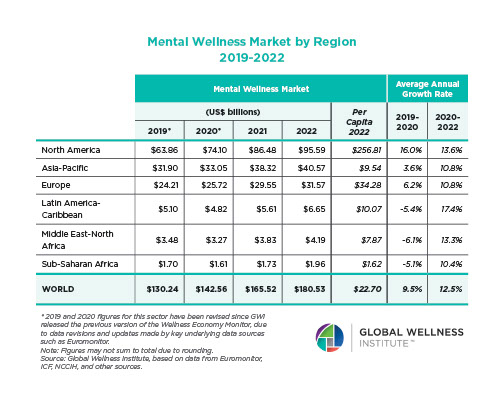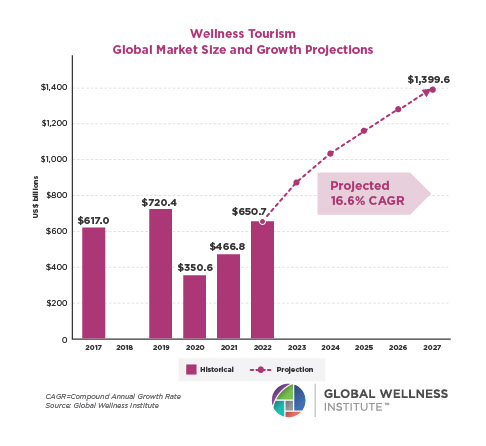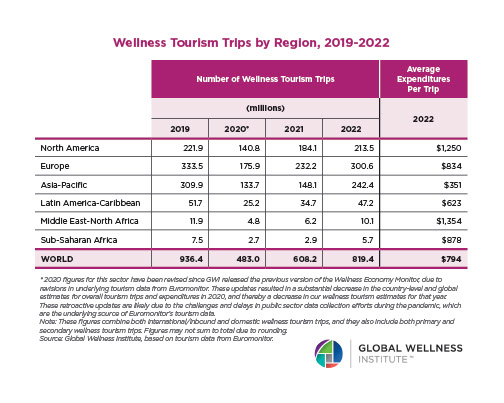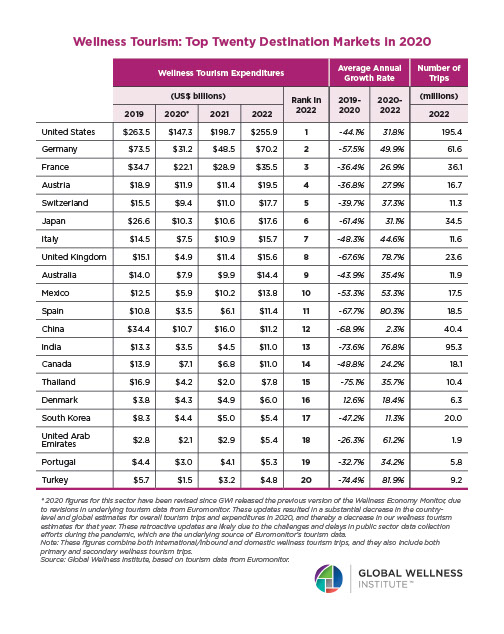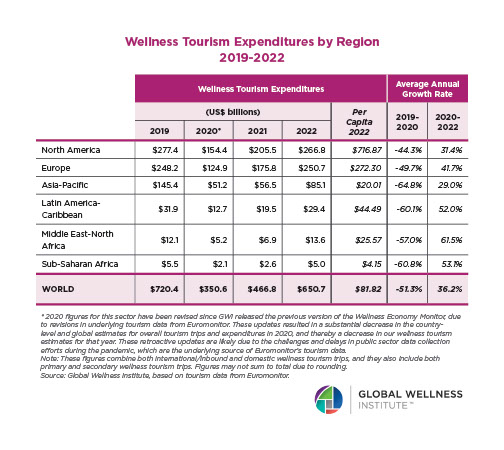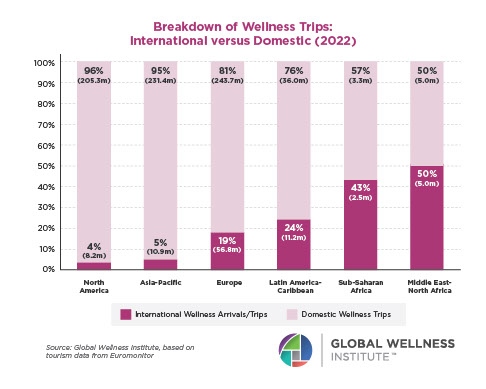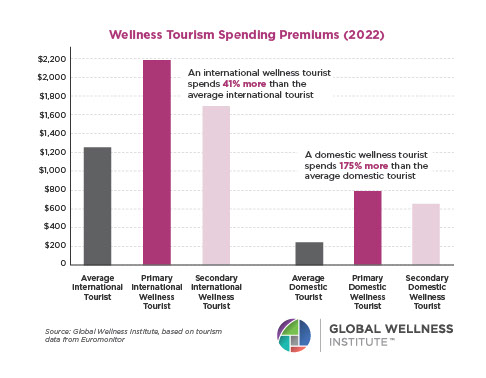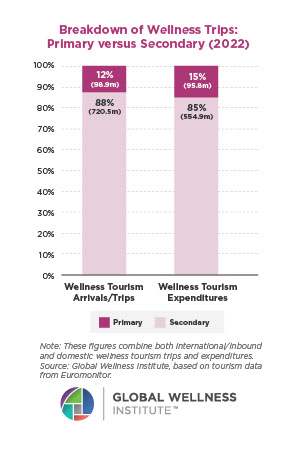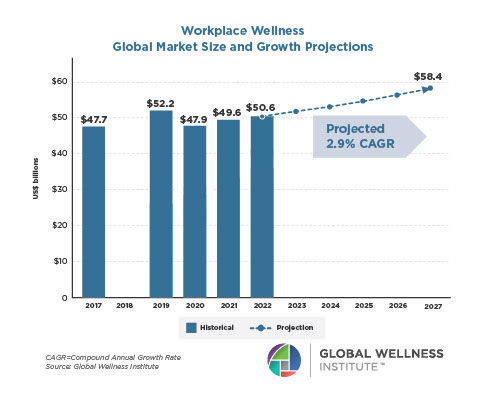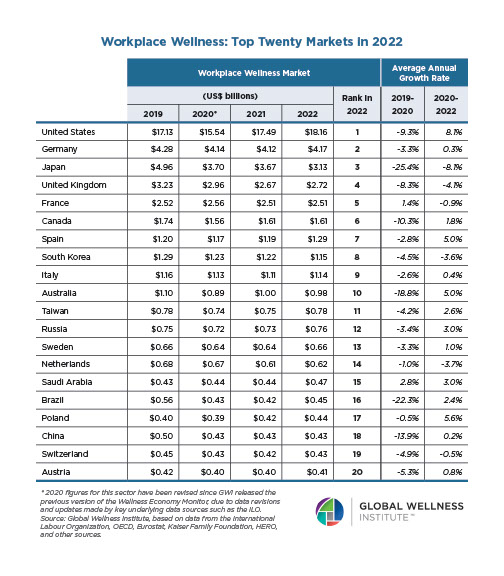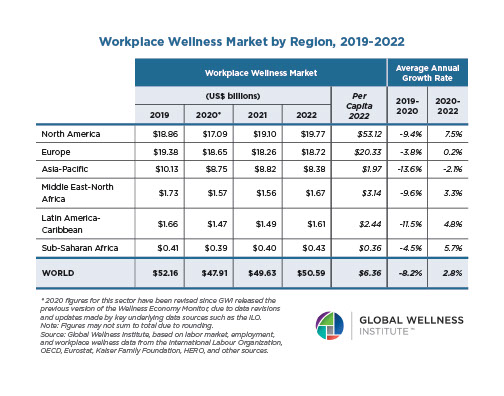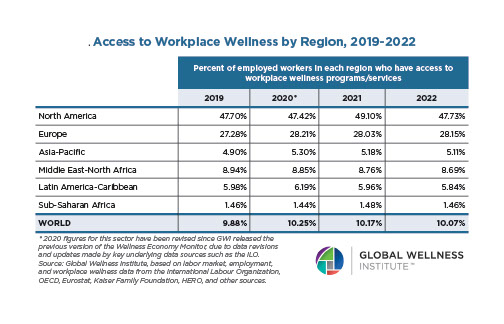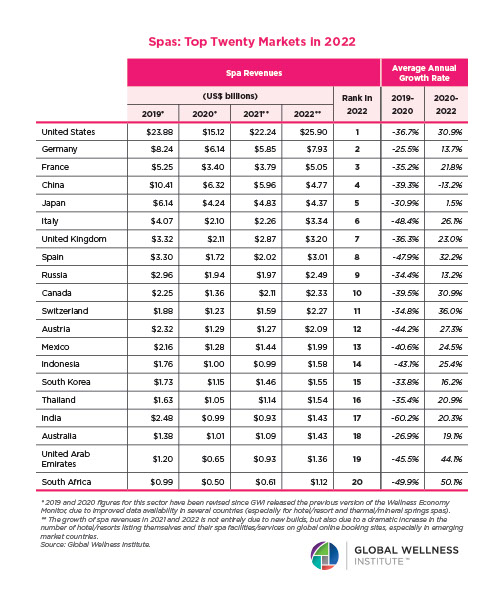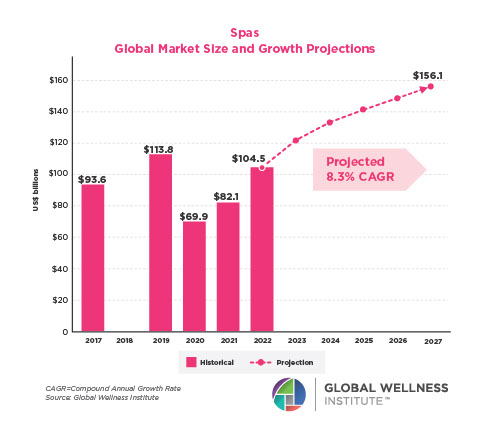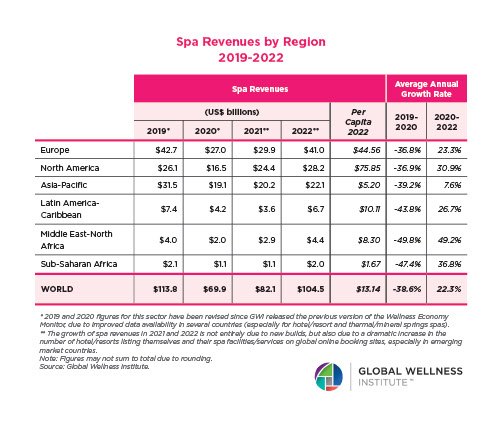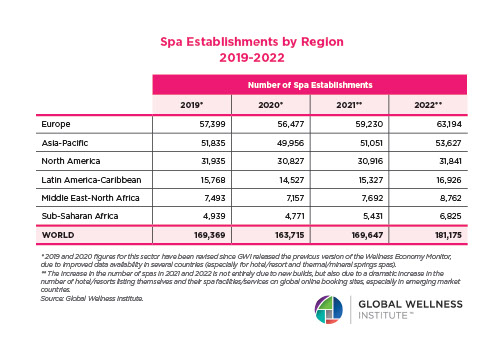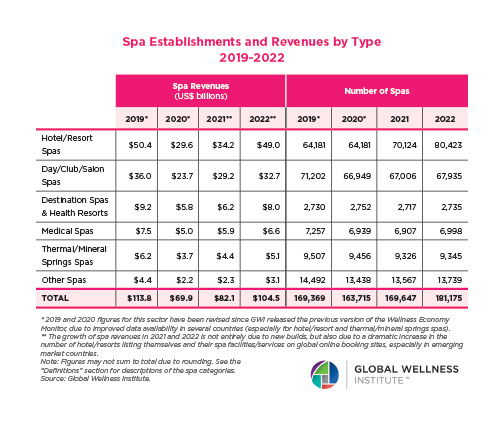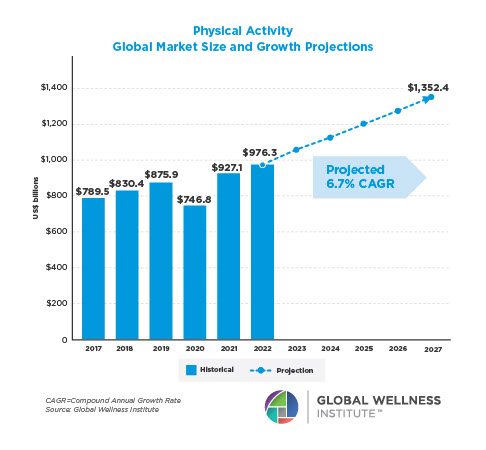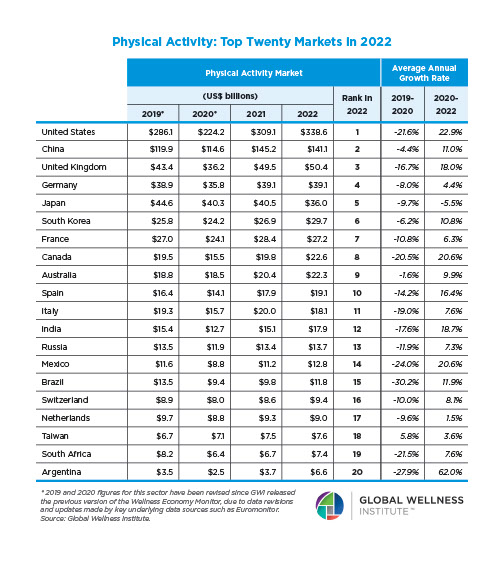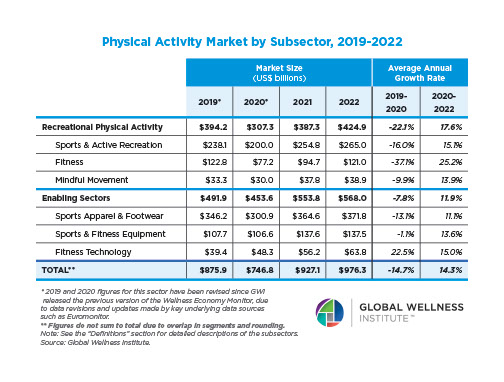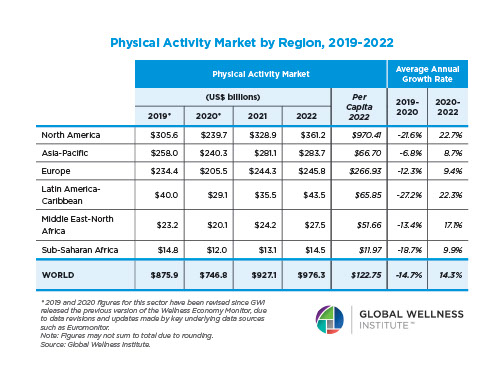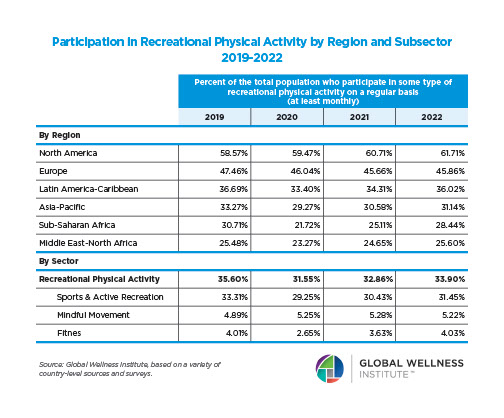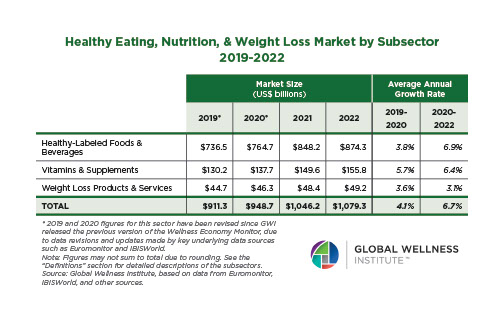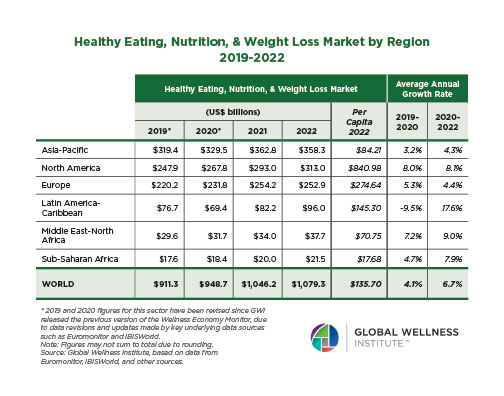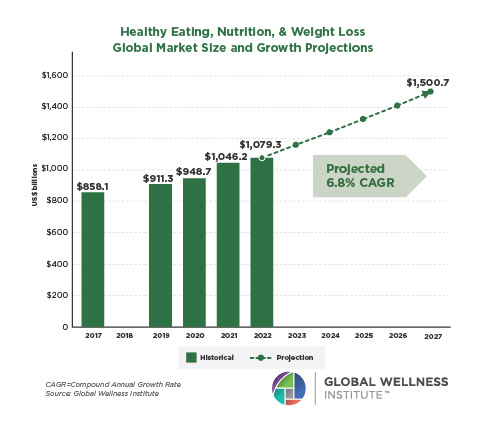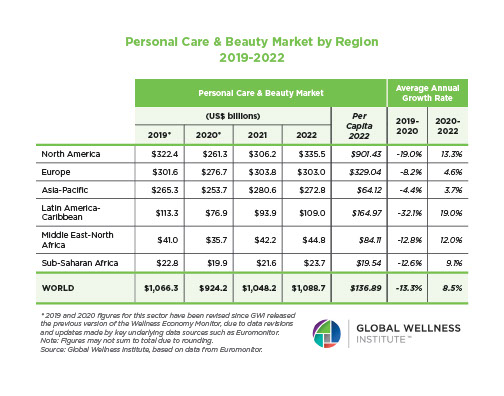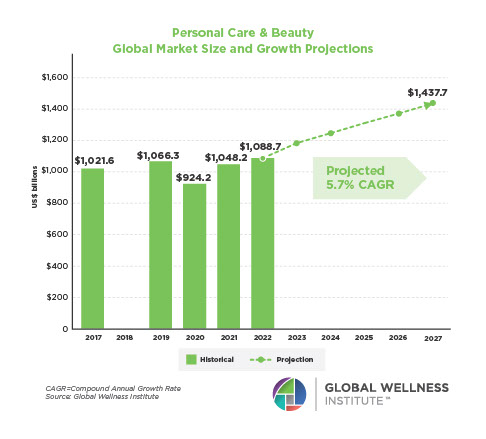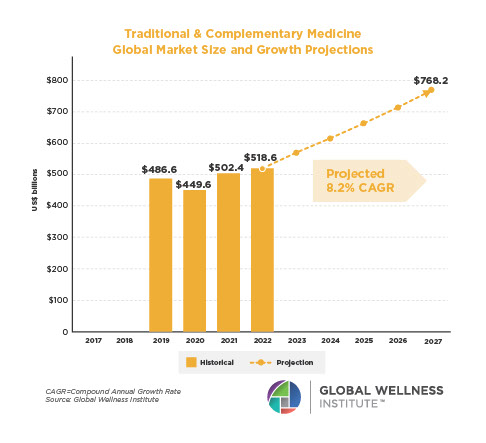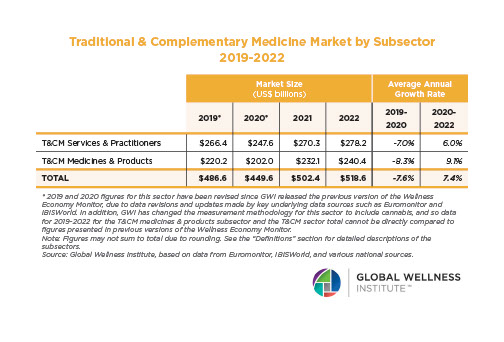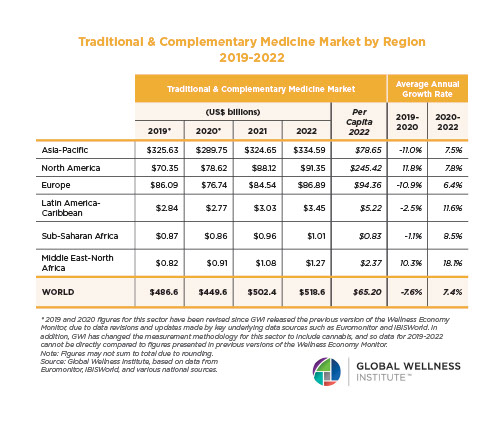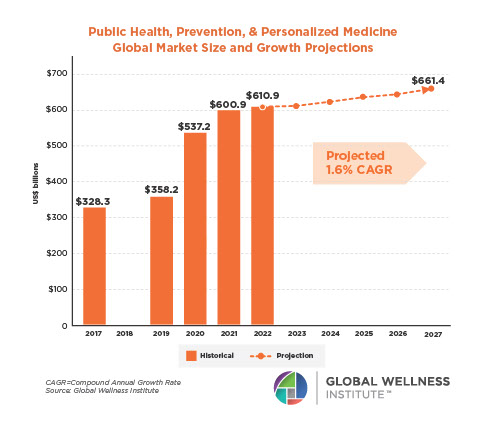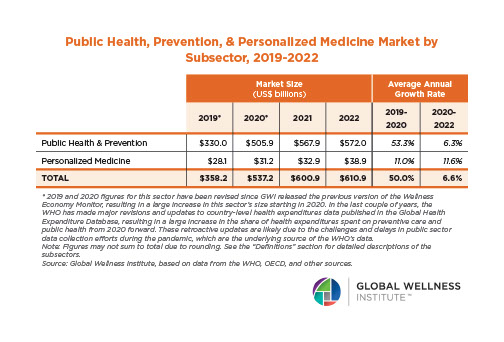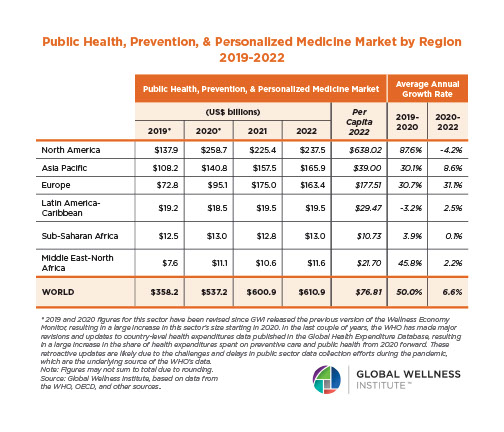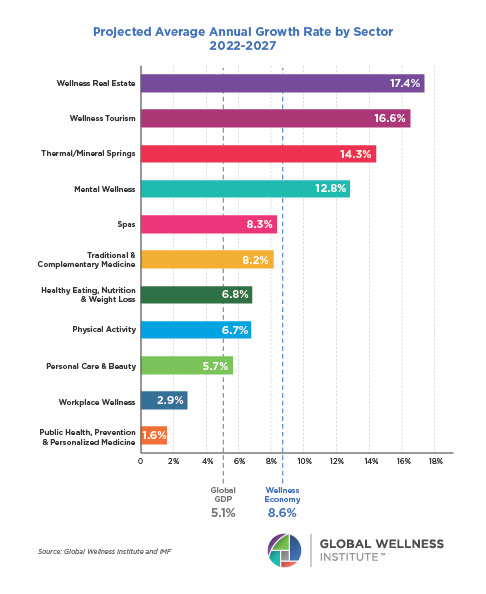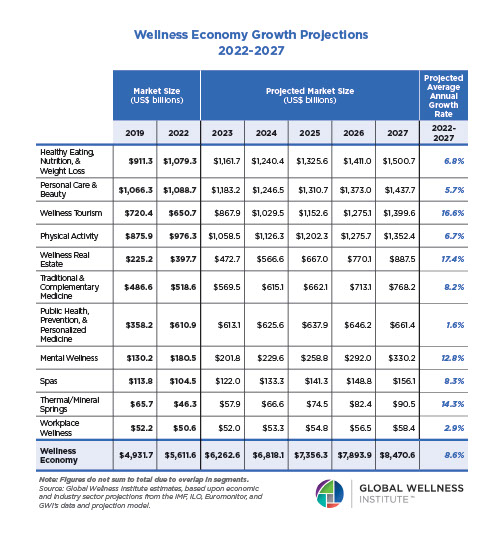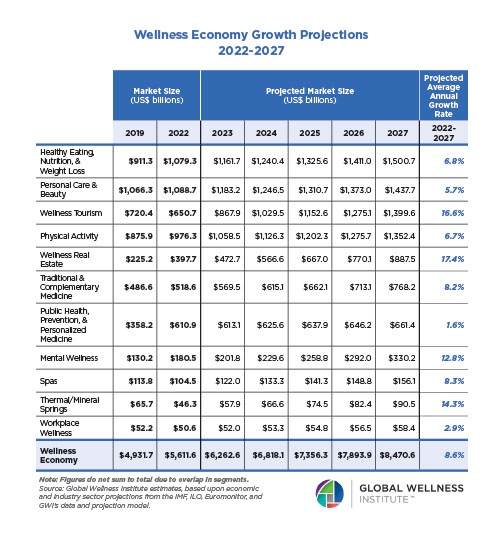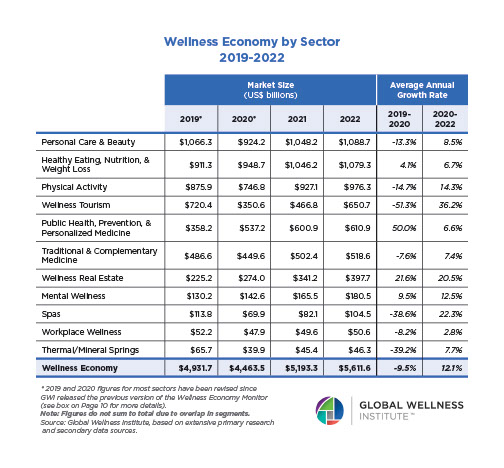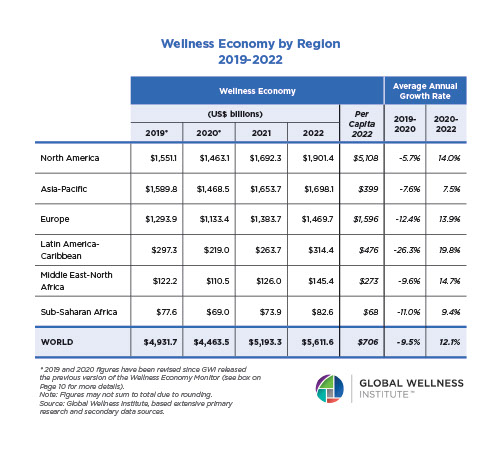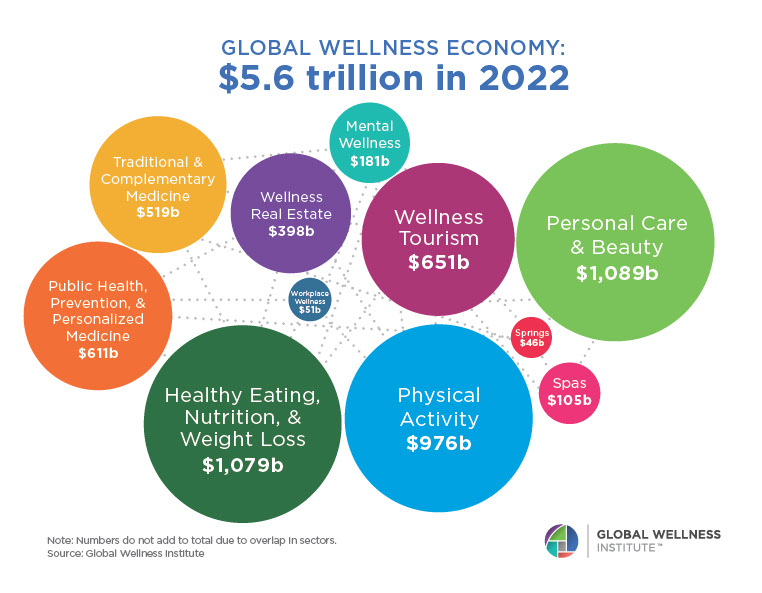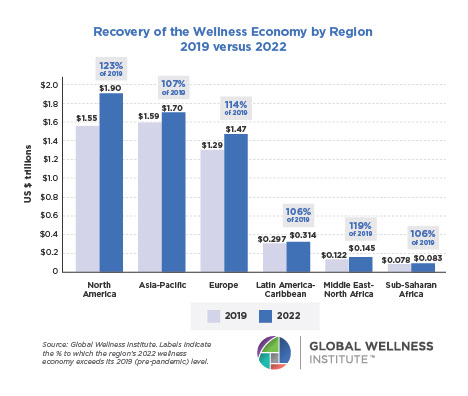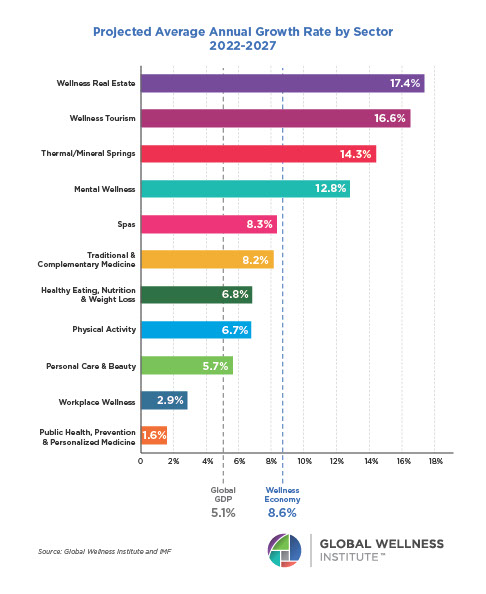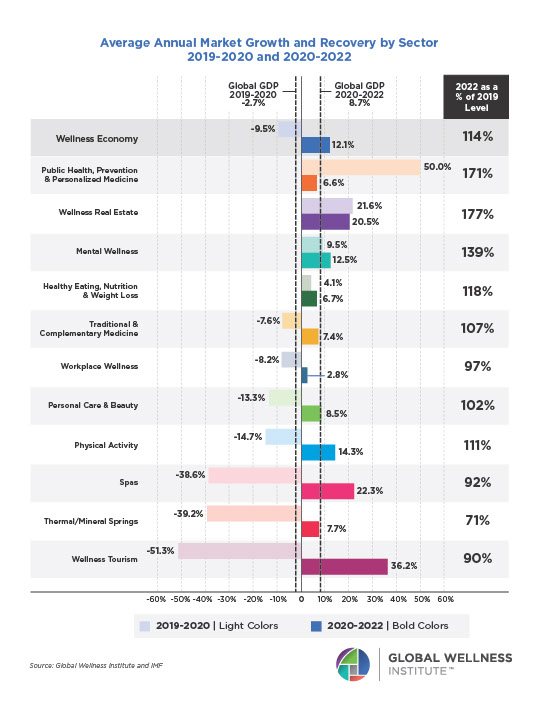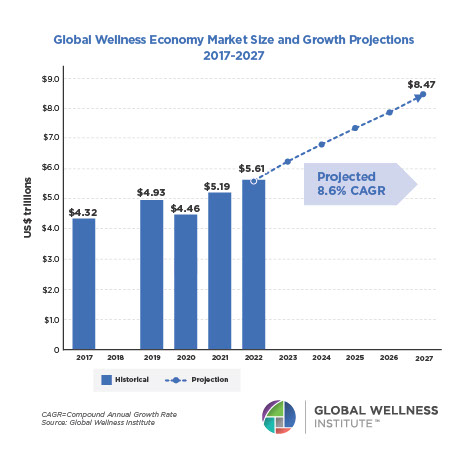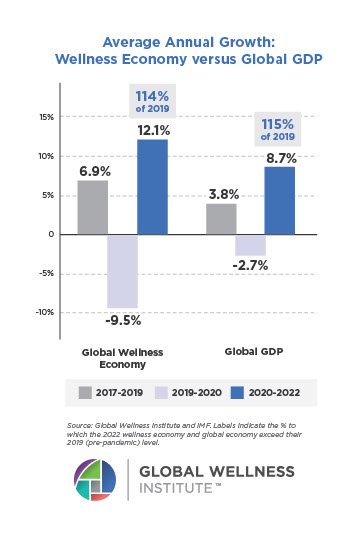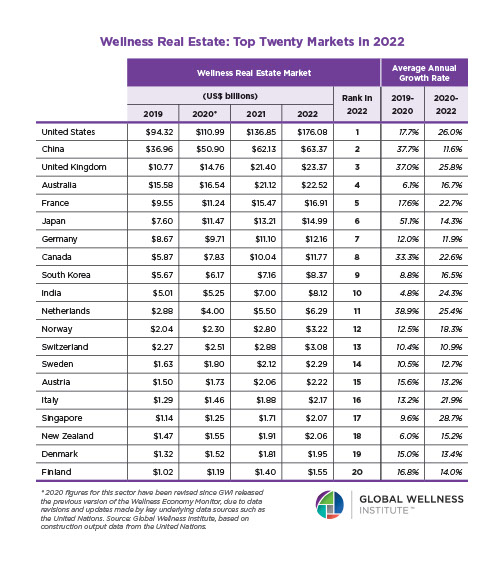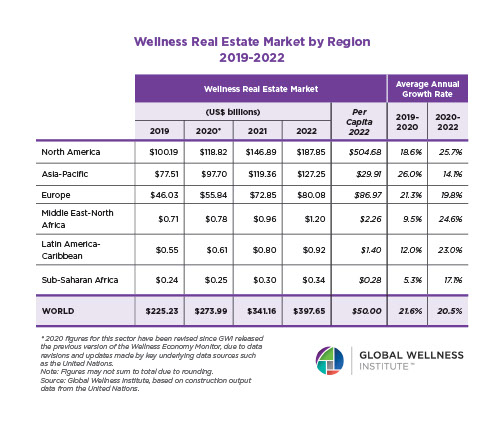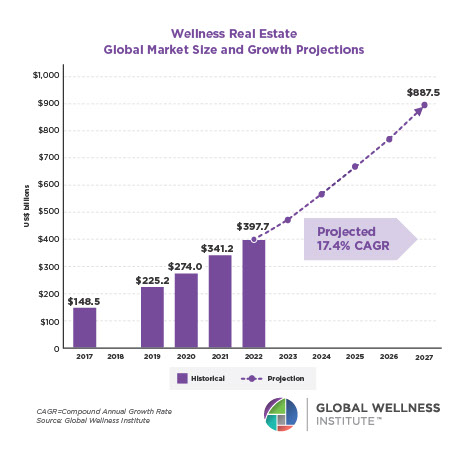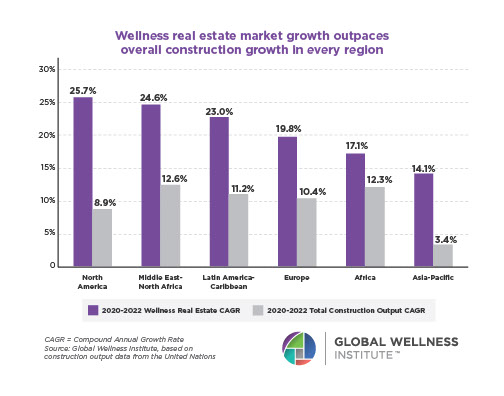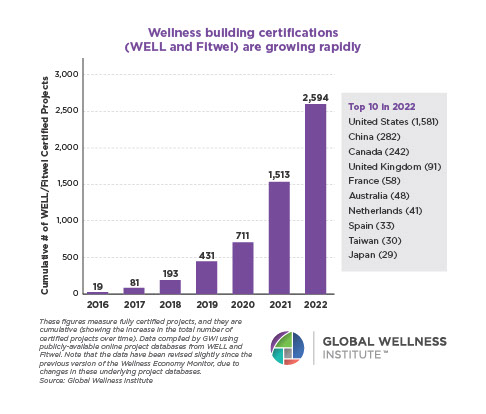
Social Prescribing to Promote Mental Wellbeing
By Tonia Callender, GWI research fellow
Pay for a medical prescription or take an art class? Instead of using traditional medications, health service providers in over 30 countries are prescribing community engagement and recreational activities to alleviate various health symptoms and promote mental wellness..1
Originating in the United Kingdom in the 1980s, and now utilized in dozens of countries (including Portugal, Sweden, Korea, Australia and China), social prescribing helps people facing loneliness, depression and health issues by connecting patients to diverse activities, resources and services within their community..2
How does it work? Health professionals provide prescriptions or referrals for activities offered by the public sector, nonprofits or community organizations..3 Activities could include volunteering, time in nature, group mindful movement, fitness center classes, arts activities, museum visits or walking groups. Some social prescription programs help people recover from a specific medical issue, while others focus more on prevention and mental health promotion.
In some nations, social prescribing programs target specific populations or social and mental wellbeing issues. In Japan, China and South Korea, for example, social prescription programs target older adult populations, connecting them to group hobbies and activities such as gardening, music and crafts. In the United Kingdom, the Arts on Prescription program—a partnership among community arts organizations, volunteers and physicians—connects people to local arts activities and events.
While scarce statistical evidence exists on the benefits and cost effectiveness of social prescribing, an increasing number of nations report positive trends, and others are exploring social prescribing as a way to increase community connection and social support..4 For social prescribing programs to be effective, the health sector must collaborate with a host of organizations, including local governments, social workers, insurance companies, volunteer groups, local nonprofits and even businesses. Some governments have incorporated social prescriptions into existing national health programs. For example, China’s social prescription program, which began with 40 grassroots organizations, is now under the umbrella of the Healthy China Action Plan.
For further information about the benefits of social prescribing, see GWI’s Wellness Policy Toolkit: Mental Wellness.
1 Chatterjee, R. (2025). With social prescribing, hanging out, movement and arts are doctor’s order. Morning Edition. National Public Radio. https://www.npr.org/2025/07/14/nx-s1-5434386/social-prescription-arts-exercise-loneliness
2 Bickerdike, L., et al (2017). Social prescribing: Less rhetoric and more reality. A systematic review of the evidence. BMJ Open, 7(4), e013384. https://doi.org/10.1136/bmjopen-2016-013384.
3 Morse, D.F., et. al (2022). Global developments in social prescribing. BMJ Global Health, 7(5), e008524. https://gh.bmj.com/content/7/5/e008524.
4 Khan, H., Giurca, B., et al (2023). Social Prescribing Around the World. London: National Academy for Social Prescribing. https://socialprescribingacademy.org.uk/media/4lbdy5ip/social-prescribing-around-the-world.pdf.

